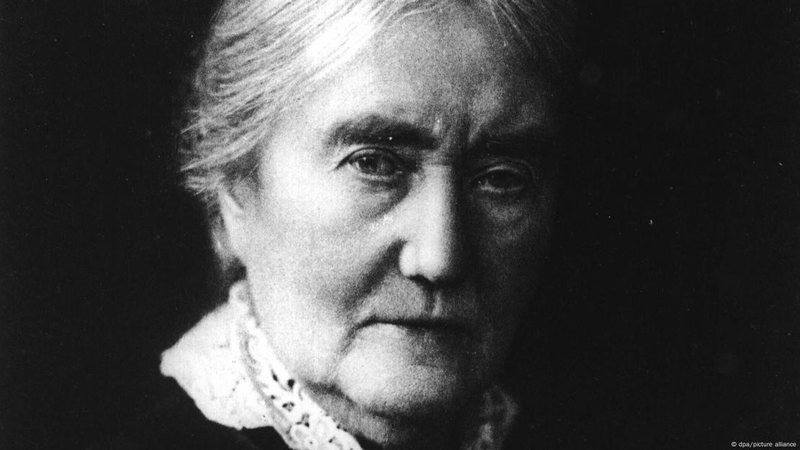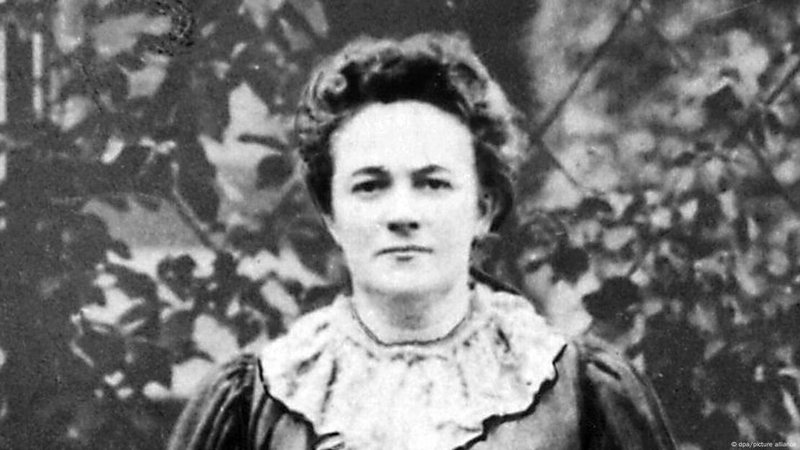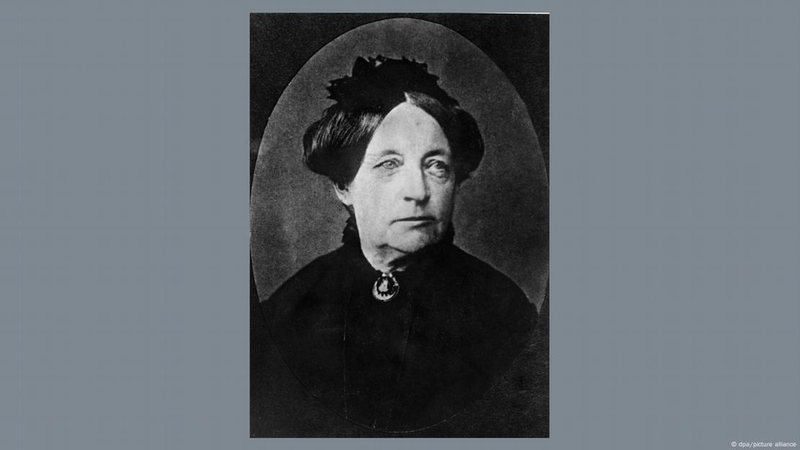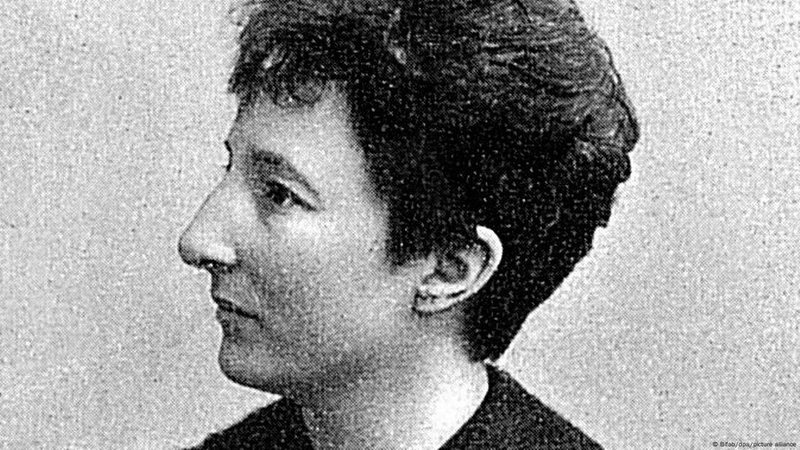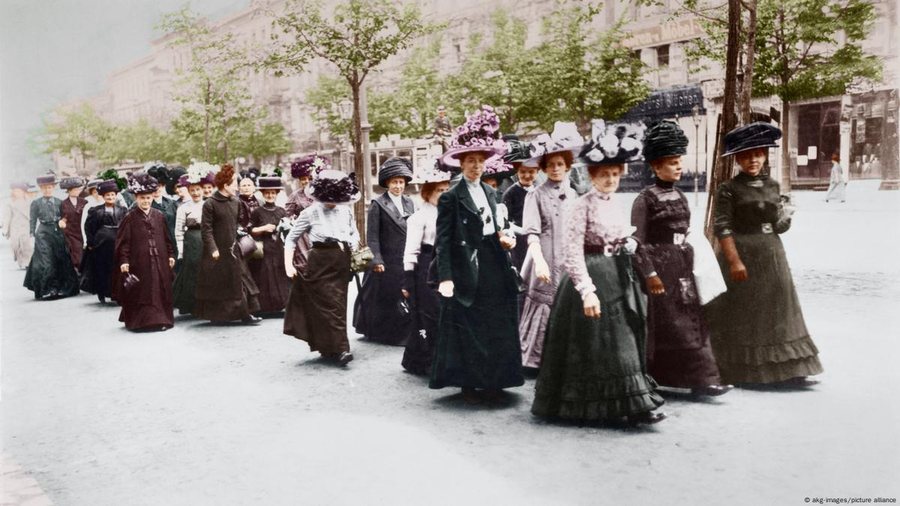
Women's rights activists in Germany were not as radical as their "sisters" in England, who were not afraid of violence. However, they also fought bravely for their rights.
At the end of the 18th century, women in Europe began to demand more and more rights. From that time on, they began to participate in revolutionary actions, especially in France, where after the revolution of 1789, the environment for human rights, participation in decision-making and equal rights was prepared. In Germany, it took half a century before a significant number of women became politicized and began to articulate their demands.
Our guide
In 1843, a woman named Louise Otto-Peters appeared in public, openly expressing her opinion. Her doctrine was that women's participation in the interests of the state "is not only right, but also a duty."
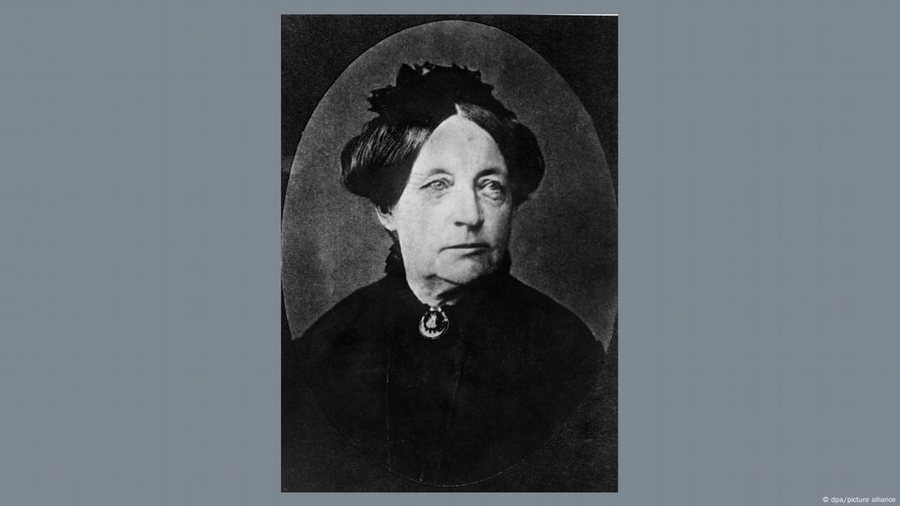
The 24-year-old Luise Otto-Peters was orphaned at the age of 16, and as a teenager she took up her own business. After the death of her parents, she inherited a large fortune. She realized her dream of becoming a writer and wrote poems, essays, socially critical novels and journalistic articles. She published the latter under the pseudonym Otto Stern. She caught the attention of the government, which tried to silence her. But Louise did not submit and in 1865 founded the "Leipzig Association for the Education of Women".
In the same year, a large women's conference was held in Leipzig. The newspapers wrote disparagingly about the "Leipzig Women's Battle", but the 120 participants paid no attention to this fact. They founded the General Association of German Women (ADF), whose president was Louise Otto-Peters for 30 years. An initial initiative that was accompanied by the creation of women's associations throughout Germany.
School education for girls
The main and most important goal was the education of women and girls. While the appropriate education of boys was quite normal, working-class girls had to start working at a young age to earn money, while girls from bourgeois families had to prepare for married life. Girls who could read and write were lucky. Teacher Helene Lange took up this problem and addressed a petition to the Prussian Ministry of Education. She demanded the improvement of girls' education, the increase of the influence of teachers in the education of students, the improvement of the education of teachers. But the fighters for women's rights had to wait a long time. Finally, in 1899 and 1900, women were allowed to attend German universities. And in 1908, the girls' education system was placed under the responsibility of the state.
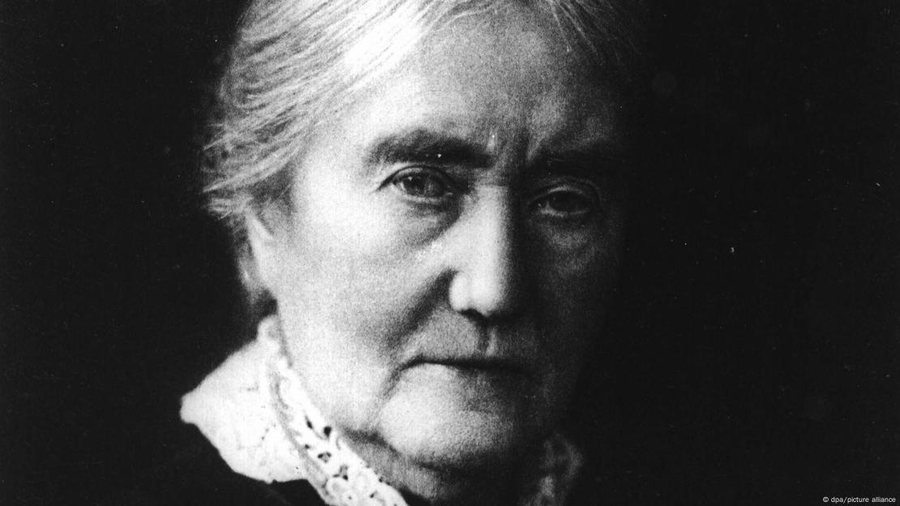
Political awareness grows
The young Clara Eißner was attending a teachers' seminar in Leipzig when she learned about the founding of the General Association of German Women and began to get involved in the association. At that time, it was considered scandalous that she lived with the Russian Ossip Zetkin, without being married to him, took his surname and gave birth to two sons. As an educator, she joined the Socialist Workers' Party, the party that later became the Social Democratic Party, and began to fight for equal rights for women both in the profession and in society. She founded the women's magazine "Equality". Clara Eißner - Zetkin is a representative of the proletarian women's movement, and unlike the bourgeois women's movement, in this movement we were mainly concerned with the rights of working women.
With the initiative taken in 1910 for an international women's day, she initiated a day for the struggle for women's equality, democracy, peace and socialism. This day began to be celebrated for the first time in 1911. Under the motto "Give women the right to vote!"
The right to participate in politics
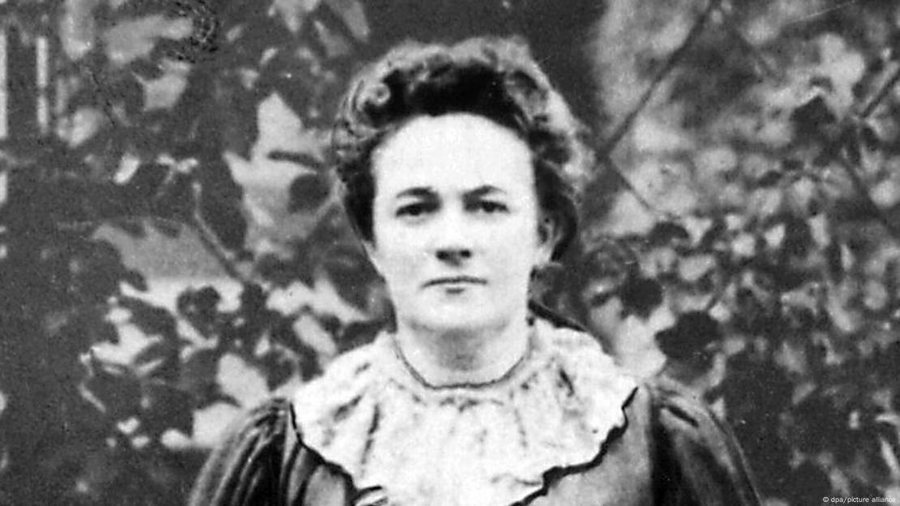
Fellow fighters demanding the right to vote for women in Germany were Anita Augspurg and her partner, Lida Gustava Heymann. They had founded the German association "For the Right of Women to Vote" in 1902. Augspurg and Heymann were less peaceful than their other German "sisters". They sought to gain their rights using the same brutal means used by the Suffragettes in England, who accompanied their demands by exerting pressure with hunger strikes, vandalism and large demonstrations.
Augspurg studied law in Switzerland, which was unthinkable in 19th-century Germany. She received her doctorate and thus had the necessary legal knowledge to fight for reforms in the German parliament.
The war bore fruit.
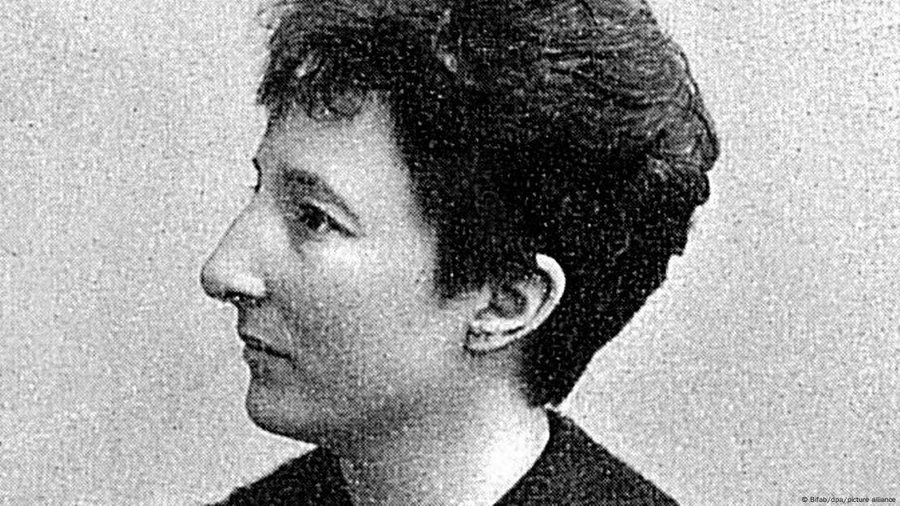
Meanwhile, collaborations with associations in other European countries began, the suffragette movement in England had strengthened so much that no one could ignore it. While women in the Netherlands and Scandinavia had been allowed to vote for years, women in Germany, Austria, Poland and England waited until 1918 to receive the right to vote, in other countries they waited even longer.
On November 30, 1918, almost three weeks after the end of World War I, the new German "Reich" government announced: "All elections for public institutions must be held by universal, equal, secret, and direct suffrage, on the basis of the proportional voting system of all male and female persons over the age of 20."
This new law was first implemented a little later, in January 1919. /DW/ (A2 Televizion)

